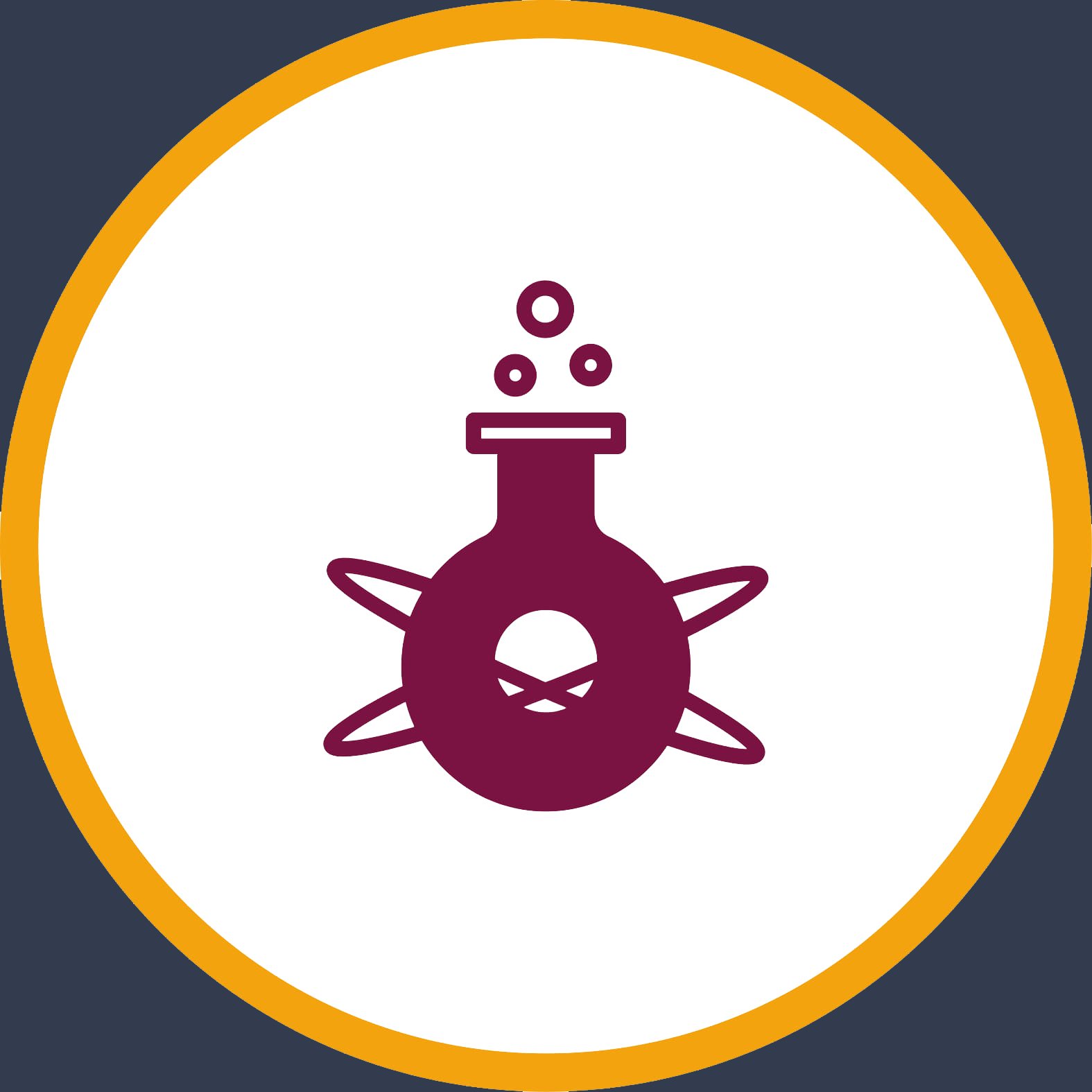About Information Technology Department
The program of Information Technology covers a wide range of engineering applications which embodies mathematics, science, and technology to design, implement and perform maintenance of hardware and software systems, computer-controlled equipment, and network systems. The history of the Information Technology department at Tishk International University dating back to 2009-2010. The Department was founded as part of the University’s strategic plan of developing the manpower needs in key technologies required to provide the foundation for the 21st century technological developmental base for the community, marketing forces, and regional needs.
Objectives
• Graduates will be able to analyze, design, and implement software and hardware solutions.
• Graduates will be able to identify, interpret and analyze stakeholder needs establish priorities and goals, constraints and uncertainties of the information systems.
• Graduates will have the ability to apply problem-solving, designing, and decision-making methodologies to develop components, systems and/or processes to meet specified requirements.
• Graduates will be able to model the structure and behavior of real or virtual systems, components, and processes.
• Graduates will be able to coordinate a range of disciplinary and interdisciplinary activities to arrive at problems and design solutions in team contexts.
• Graduates will be competent in self-organization, self-review, personal development, and lifelong learning.
• Graduates will be able to handle professional and ethical responsibilities.
• Graduates will be able to identify the impact of information technology solutions in a global, economic, environmental, and societal context.
Future Perspectives
Future Plans
1. Improvement and development of teaching quality by:
- Developing and updating the curriculum to meet the requirements and qualifications of European accreditation institutions and associations.
- Having a team of qualified and diverse department members to enhance our global reputation for the generation of new ideas and transformative discoveries.
- Strengthening links with international universities and encouraging students for exchange programs.
2. Student Experience
- Continue to develop summer training and internships in leading companies in the region.
- Encouraging the students to join international competitions.
- Support our students by strategic efforts to build upon educational, extra- and curricular experiences.
Long-term Plan
- Encouraging alumni and volunteers to return and inspire prospective students.
- Measure our progress in achieving our mission and vision.
- Increase staff retention and enhance succession planning within the Faculty.
- Continues review and development of syllabus to meet the market needs
Program Learning Outcomes
By the end of this program students will be able to:
1. Analyze a problem, and identify the computing requirements appropriate to its solution
2. Design, implement and evaluate computer-based systems, process, component, or program to meet desired needs
3. Function effectively in teams to accomplish a common goal
4. Identify professional, ethical, legal, security, social, and economic issues and responsibilities
5. Analyze the local and global impact of computing on individuals, organizations, and society
6. Use current techniques, skills, and tools necessary for computing practice
7. Apply current technical concepts and practices in the core information technologies of human-computer interaction, information management, programming, networking, web systems, and technologies
8. Identify and analyze user needs and take them into account in the selection, creation, evaluation and administration of computer-based systems
9. Effectively integrate it-based solutions into the user environment
10. Apply problem-solving skills, core it concepts, best practices and standards to information technologies
11. Identify and evaluate organizational requirements and current and emerging technologies
12. Design and integrate it-based solutions into the organizational environment.









